Garden Pruning Timing Guide
Garden prunings involve trimming and removing dead or overgrown branches, stems, and foliage from plants. Proper timing ensures healthy regrowth and maintains plant vitality. Pruning schedules vary based on plant type, climate, and desired outcomes, making timing a key factor for effective garden management.
Ideal for flowering and fruiting plants to promote new growth and enhance bloom production.
Suitable for shaping plants and removing dead or diseased growth during active growth periods.
Best for preparing plants for dormancy, reducing risk of disease, and clearing out dead material.
Performed when plants are dormant to stimulate healthy growth in the upcoming season.
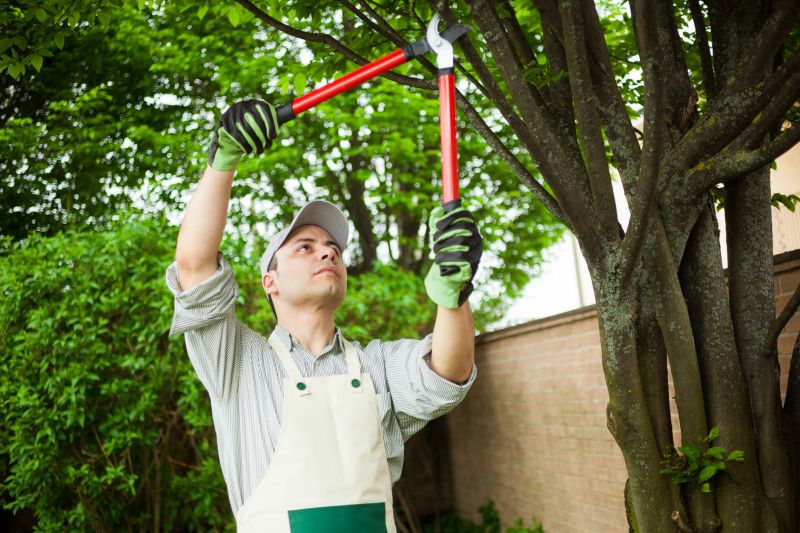
Pruning during early spring encourages vigorous growth.
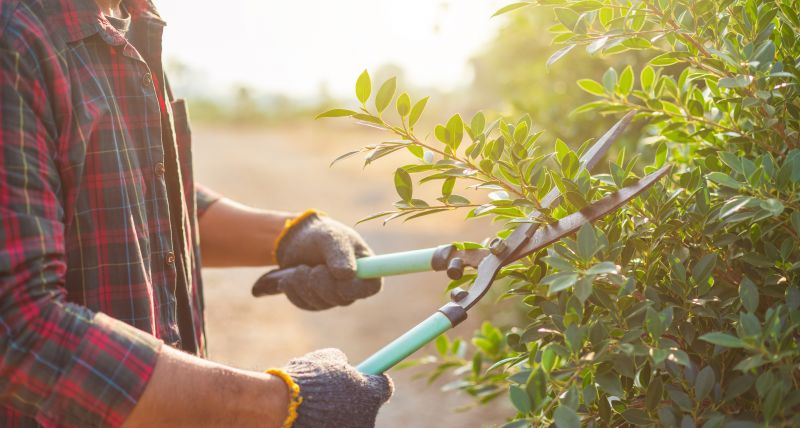
Maintaining plant shape and health during summer months.
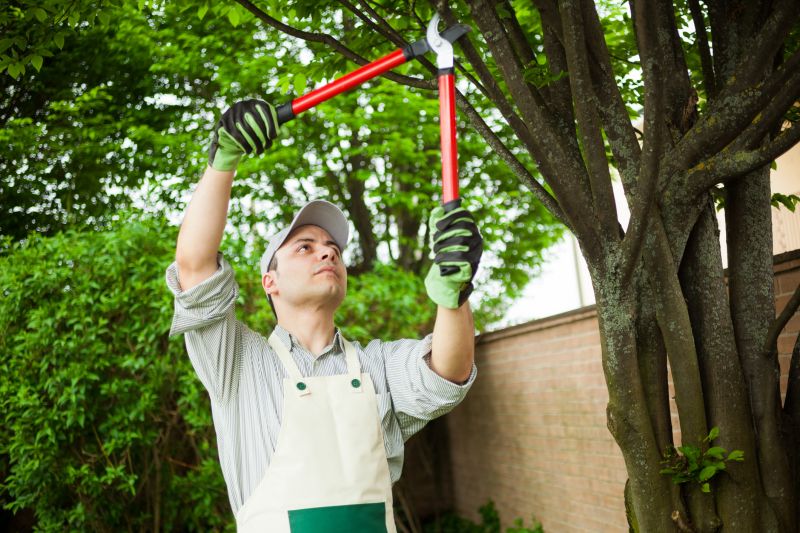
Removing dead branches and preparing plants for dormancy.

Ways to make Garden Prunings work in tight or awkward layouts.
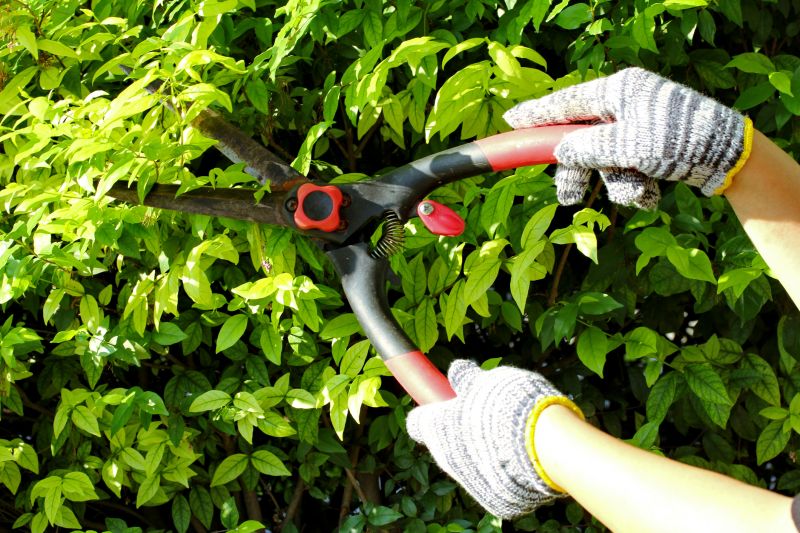
Popular materials for Garden Prunings and why they hold up over time.

Simple add-ons that improve Garden Prunings without blowing the budget.
| Plant Type | Optimal Pruning Time |
|---|---|
| Deciduous Trees | Late winter to early spring |
| Flowering Shrubs | Immediately after flowering |
| Fruit Trees | Late winter before sap flow begins |
| Evergreens | Throughout the year, as needed |
| Vines | Late winter or early spring |
Pruning is an essential horticultural practice that supports plant health, enhances appearance, and can increase yield for fruit-bearing plants. Proper timing minimizes stress and promotes rapid healing. The timing of garden prunings depends on plant species, growth cycle, and local climate conditions, making tailored schedules important for optimal results.
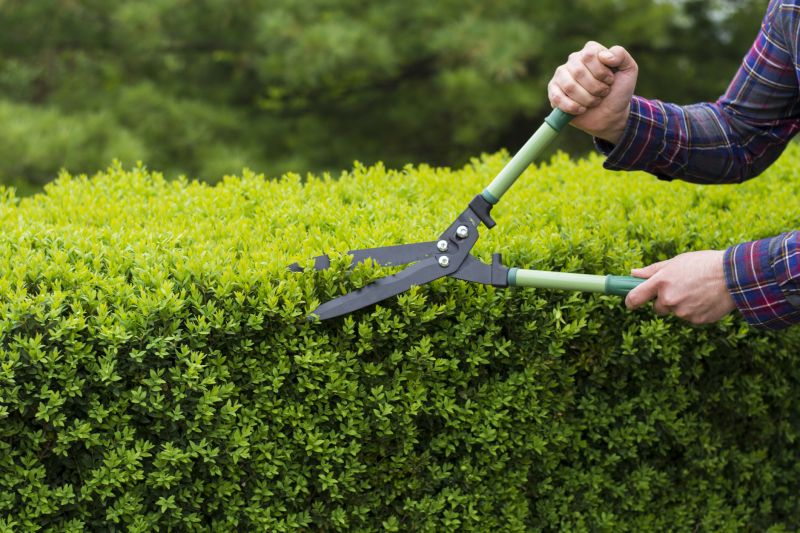
Using sharp tools for clean cuts reduces plant stress.

Collected garden prunings ready for disposal or composting.
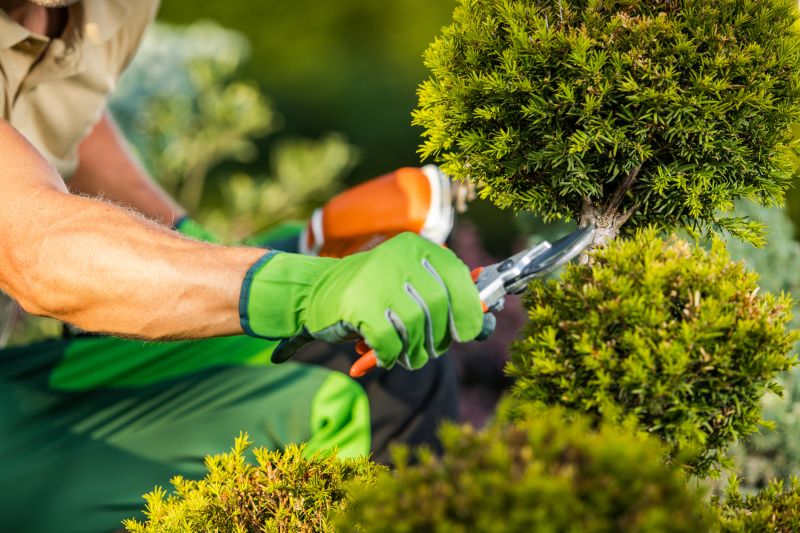
Selective trimming to shape and remove diseased growth.

Well-maintained plants post-pruning ready for new growth.

High-end options that actually feel worth it for Garden Prunings.

Finishes and colors that play nicely with Garden Prunings.

Little measurements that prevent headaches on Garden Prunings day.

A 60-second routine that keeps Garden Prunings looking new.

A frequent mistake in Garden Prunings and how to dodge it.

Small tweaks to make Garden Prunings safer and easier to use.

Lower-waste or water-saving choices for Garden Prunings.

The short, realistic tool list for quality Garden Prunings.
Timely garden prunings contribute to healthier plants and improved landscape aesthetics. Regular maintenance, aligned with plant growth cycles, ensures vigorous development and reduces the risk of disease. Proper disposal or composting of prunings recycles nutrients and maintains garden cleanliness.
Interested in professional pruning assistance? Fill out the contact form to get more information.



